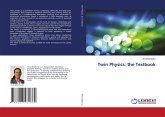
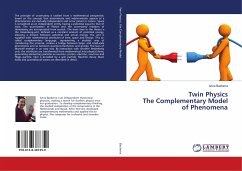
Broschiertes Buch
10. April 2018
LAP Lambert Academic Publishing
Ähnliche Artikel
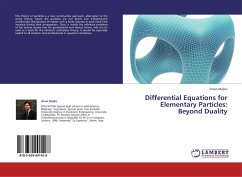
16,99 €
Versandfertig in 6-10 Tagen
Broschiertes Buch
10. Mai 2013
LAP Lambert Academic Publishing
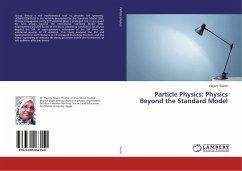
Broschiertes Buch
27. März 2017
LAP Lambert Academic Publishing
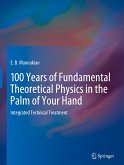
Gebundenes Buch
Integrated Technical Treatment
1st edition 2020
21. Oktober 2020
Springer / Springer International Publishing / Springer, Berlin
978-3-030-51080-0

Broschiertes Buch
A Road Towards Reality
2. November 2012
Südwestdeutscher Verlag für Hochschulschriften
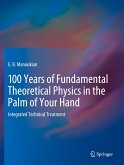
Broschiertes Buch
Integrated Technical Treatment
1st edition 2020
22. Oktober 2021
Springer / Springer International Publishing / Springer, Berlin
978-3-030-51083-1
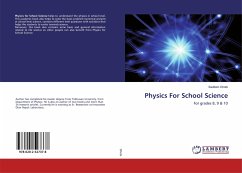
Broschiertes Buch
For grades 8, 9 & 10
17. April 2020
LAP Lambert Academic Publishing
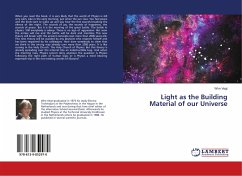
19,99 €
Versandfertig in 6-10 Tagen
Broschiertes Buch
10. Juni 2018
LAP Lambert Academic Publishing

Broschiertes Buch
A chirally invariant Higgs-Yukawa model in lattice field theory
Aufl.
13. Februar 2012
Südwestdeutscher Verlag für Hochschulschriften

24,99 €
Versandfertig in 1-2 Wochen
Broschiertes Buch
From constructal theory up to fundamental principles of helical geometrodynamics
29. August 2017
LAP Lambert Academic Publishing
Ähnlichkeitssuche: Fact®Finder von OMIKRON
